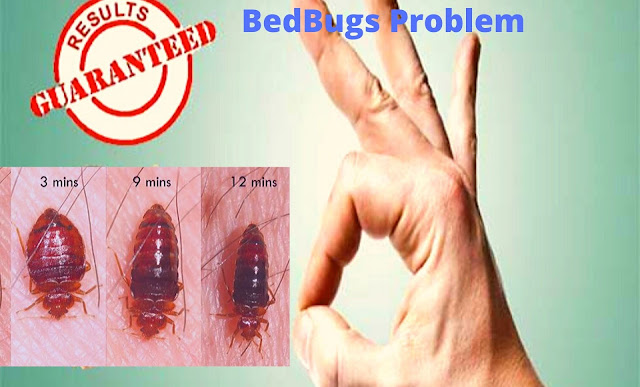We can do that for your company
We
With our support, you
Welcome to Home Paste Management Service in Bangladesh, how
What is OPM?
Office Pest Management (OPM) is
The OPM approach
How do OPM programs work?
OPM
• Set Action Thresholds
Before taking any pest control action, OPM first sets an action threshold,
• Monitor and Identify Pests
Not all insects, weeds, and other living organisms require control. Many organisms are innocuous,
• Prevention
As the first line of pest control, OPM programs work to manage the Furniture, lawn, or indoor space
• Control
Once monitoring, identification, and action thresholds indicate that pest control is required, and preventive methods
Do most growers use OPM?
With these steps, OPM is best described as a continuum. Many, if not most, agricultural growers identify their pests before spraying. A smaller subset of growers uses less risky pesticides
How
In most cases, Materials grown using OPM practices
If I grow
Yes,




Comments
Post a Comment